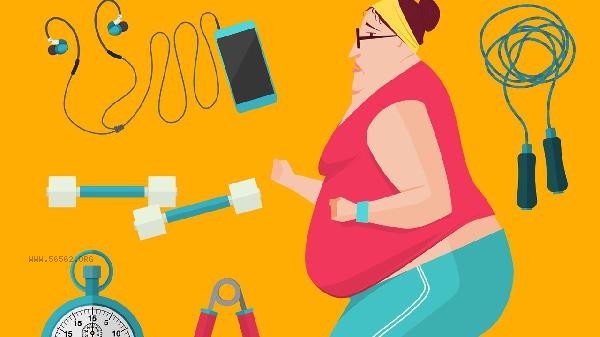Burning 300-500 calories per day can help with weight loss, and specific values need to be adjusted in conjunction with basal metabolic rate, exercise intensity, and dietary control. The core of weight loss lies in calorie deficit, which mainly includes controlling dietary calorie intake, increasing aerobic exercise, combining strength training, maintaining regular sleep patterns, monitoring body data, and other methods.

1. Control dietary calorie intake
Reducing daily calorie intake is the basis for creating a calorie deficit. It is recommended to choose vegetables, fruits, high-quality protein, and whole grains that are high in dietary fiber, and avoid high sugar and high-fat foods. Each meal is 70% full, using a small portion multi meal mode and low oil cooking methods such as steaming instead of deep frying. Recording food calories helps with quantitative control, but there is no need to excessively diet to avoid affecting basal metabolism.
2. Increase aerobic exercise
Aerobic exercises such as brisk walking, jogging, swimming, etc. can directly burn fat. A person weighing 70 kilograms burns about 300 calories by jogging for 30 minutes and needs to maintain a heart rate in the range of 60% -70% of maximum heart rate. Perform 150 minutes of moderate intensity aerobic exercise per week, which can be completed in stages. After exercise, it is recommended to replenish water and protein appropriately to avoid compensatory overeating.
3. Combined with strength training [SEP], increasing muscle mass can improve resting metabolic rate. Compound exercises such as squats and push ups can activate large muscle groups. Strength training should be done 2-3 times a week for 20-30 minutes each time. Novices can start with weight training and gradually increase the weight of dumbbells and other items. Muscle tissue burns about 50 more calories per day than adipose tissue, with significant long-term effects.
4. Maintain a regular sleep routine

Lack of sleep can lead to a decrease in leptin and an increase in ghrelin. Ensure 7-8 hours of sleep every day to avoid staying up late and disrupting metabolic rhythms. Exercising on an empty stomach in the morning can improve fat utilization, but people with low blood sugar should be cautious. Fixed meal times can help stabilize insulin levels and reduce the likelihood of fat accumulation.
5. Monitoring body data
Regularly measuring body fat percentage and circumference is more scientific than simply focusing on weight. Use a sports wristband to record daily calorie consumption and adjust the plan based on diet logs. Losing 0.5-1 kilogram per week is within the safe range, and losing muscle too quickly may lead to muscle loss. During the platform period, adjust the exercise mode or recalculate the heat demand. During weight loss, it is recommended to maintain a basic daily intake of 1200-1500 calories and avoid extreme dieting. Exercise expenditure can gradually increase, starting from 200 calories per day in the initial stage to adapt. Pay attention to supplementing vitamins and minerals, and drink plenty of water to promote metabolism. It is recommended to consult a nutritionist to develop a personalized plan, and to maintain healthy eating and exercise habits in the long term in order to maintain the weight loss effect. Weight fluctuations are a normal phenomenon, and it is crucial to establish a sustainable lifestyle.









Comments (0)
Leave a Comment
No comments yet
Be the first to share your thoughts!